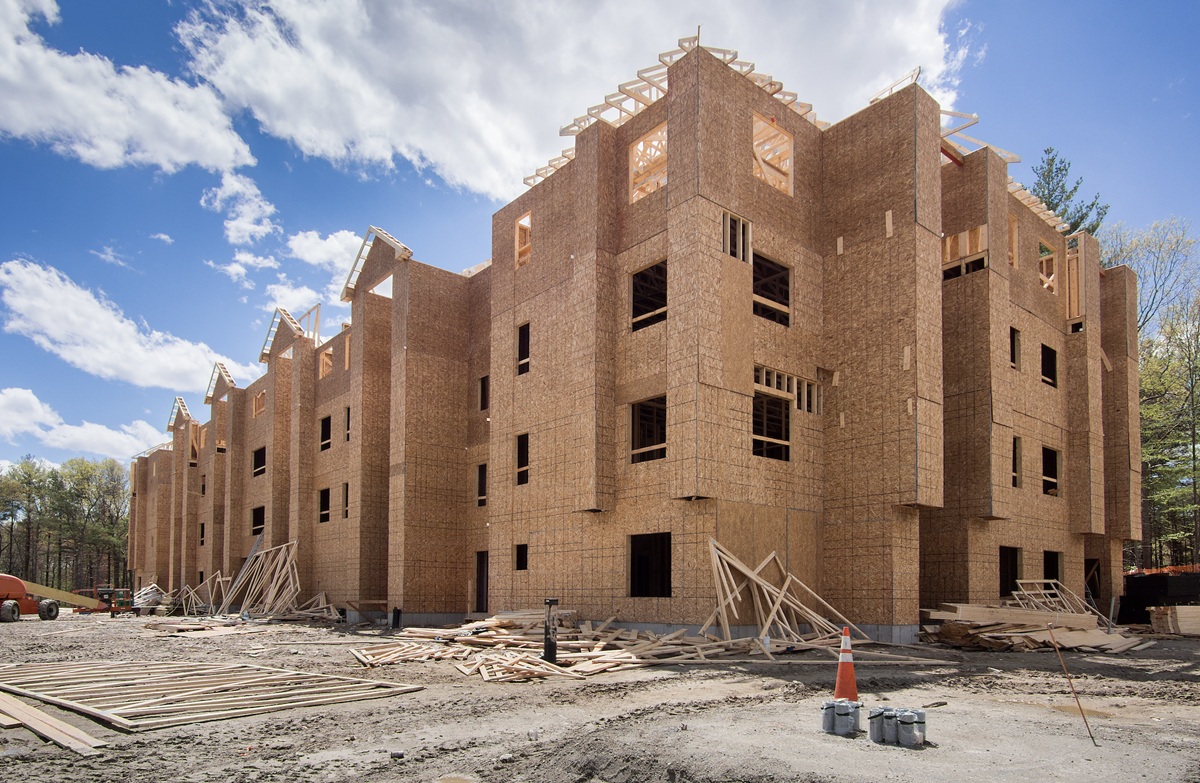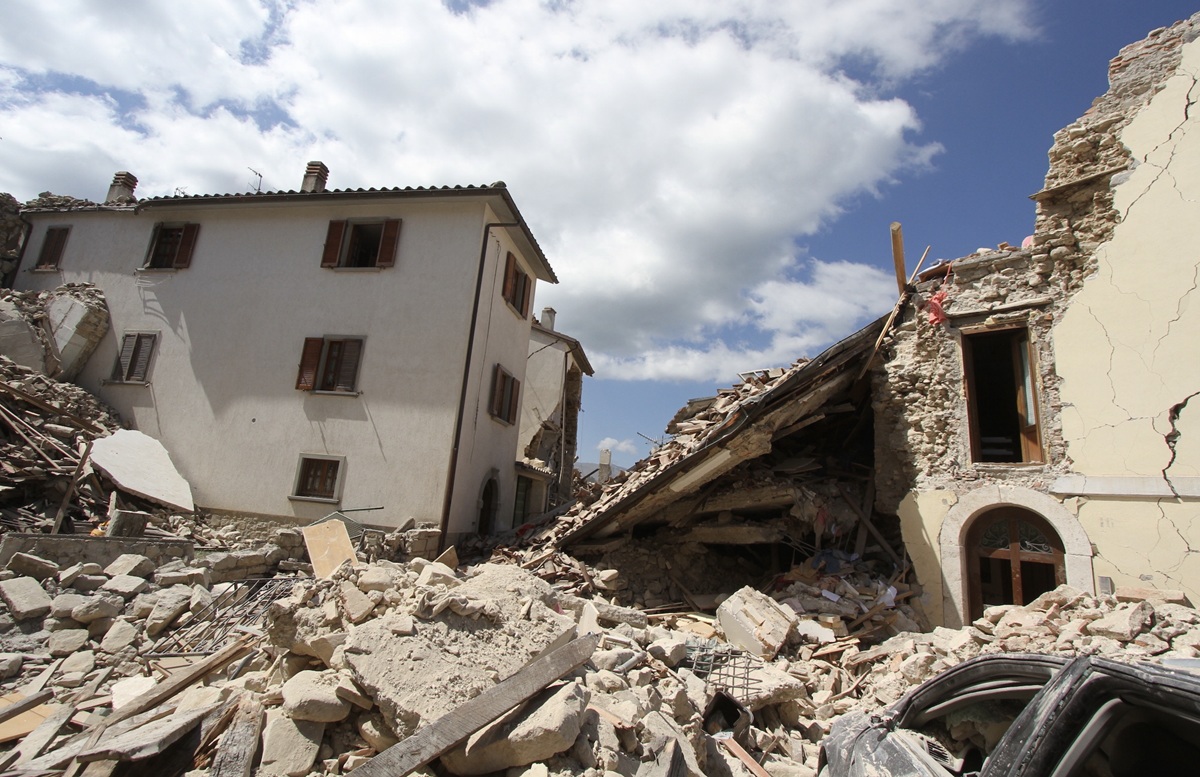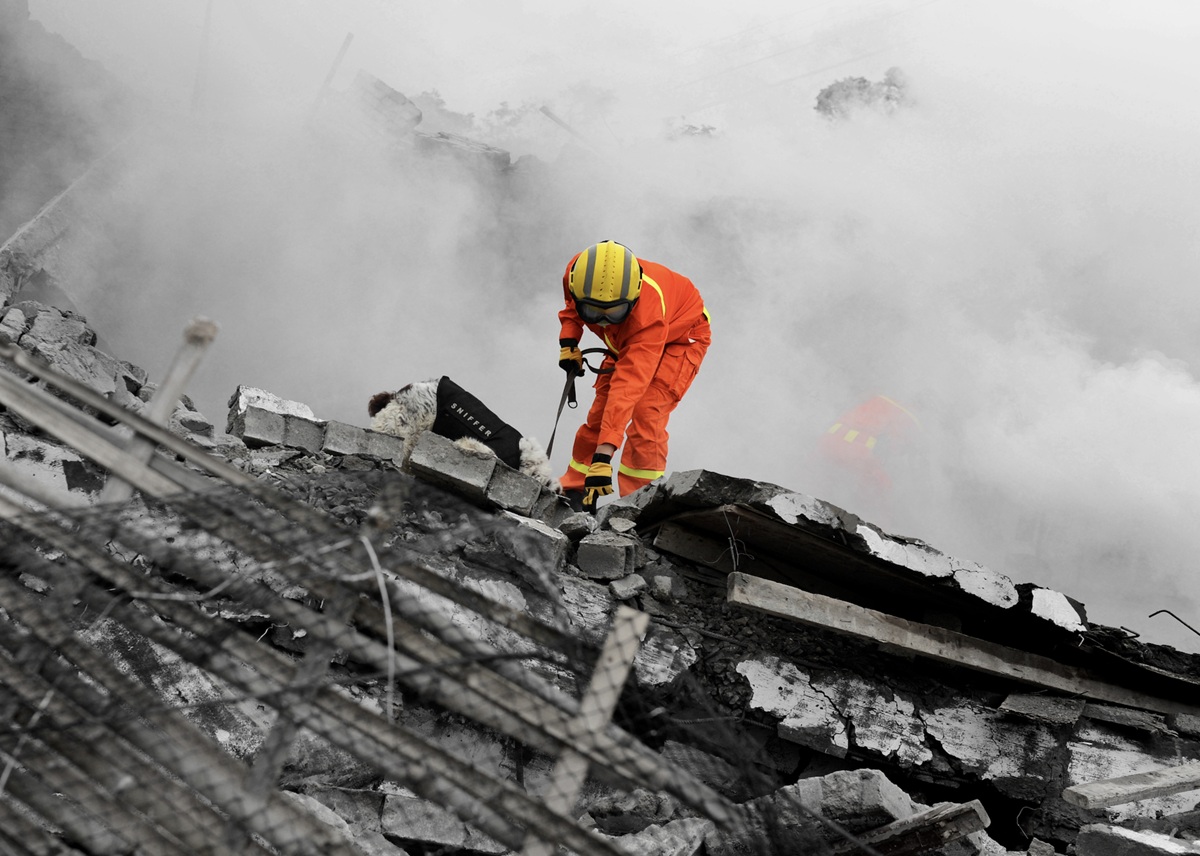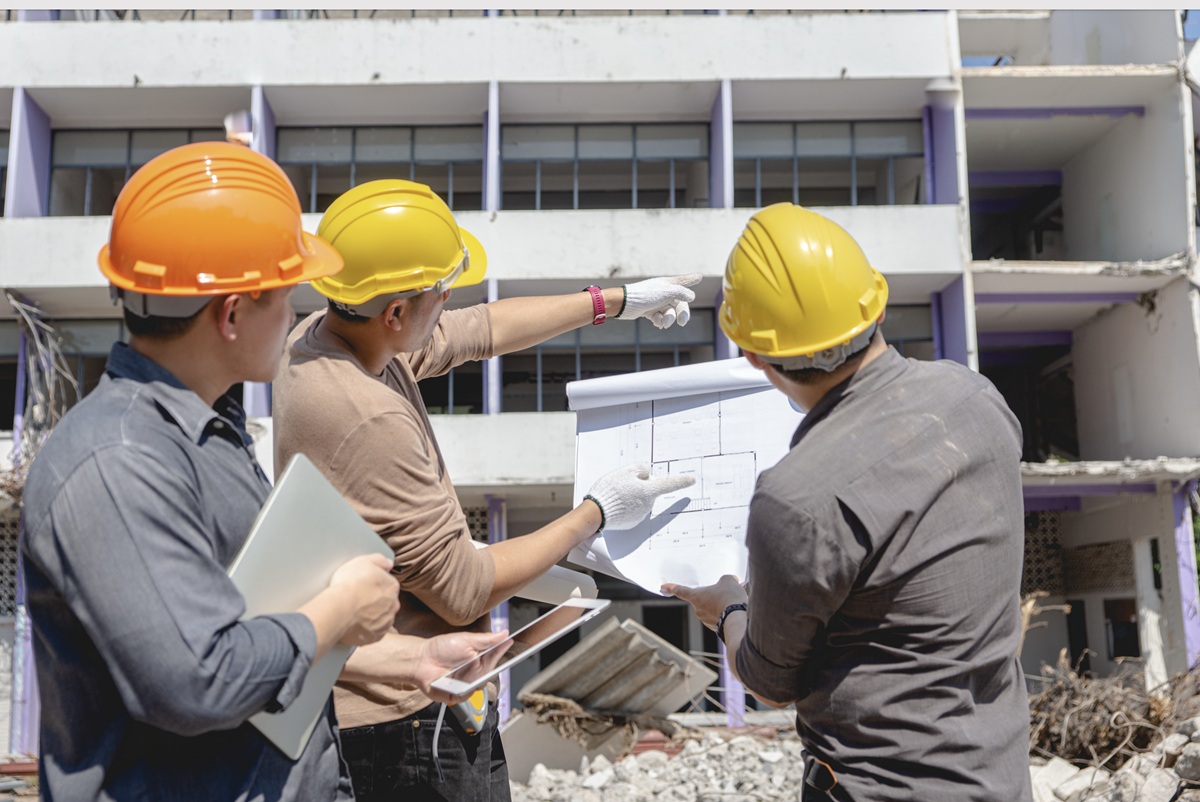The ABCs Of Earthquakes And Seismic Engineering
Most Californians have experienced earthquakes. There are the large ones – sudden, jarring jolts followed by more strong shaking that can last from a few seconds to a couple of minutes. Farther away, these feel like a gentle “bump,” often followed by more rolling shaking.
When a small quake strikes nearby, it resembles the bump of a more distant, larger quake, followed by a few stronger sharp shakes that pass quickly. Farther away, these smaller temblors may feel like a gentle shake or two – if you feel them at all.
Serita Tarlow of Northridge recalled her experience with the deadly 6.7 magnitude earthquake in her community in 1994, striking just moments after her cat, Edgar Allen, jumped on her to wake her. “(It was) like a roller coaster at the highest level,” she said in a video interview recorded by the Earthquake Country Alliance. “Just when you’re about to plunge down, it was shaking so wildly – like trembling – and you feel as if you are going to drop.
What causes these unsettling movements? California is divided by two large, moving land masses, called tectonic plates covering portions of the Earth’s surface. The Pacific Plate consists of the Pacific Ocean floor and California coastline – and it grinds slowly northward. The North American Plate extends east of the coastline, making up most of North America and parts of the Atlantic Ocean floor. The point where these plates meet in California is the San Andreas Fault, which stretches 750 miles from Cape Mendocino to the Salton Sea.
Parts of the San Andreas Fault system adapt to the movement of the Pacific Plate by constant “creep” that produces many tiny shocks and a few moderate earth tremors, according to the U.S. Geological Survey. In areas where creep is not constant, strain can build up for hundreds of years, producing large bursts of energy that result in earthquakes when the tension is finally released.
The impact of seismic waves on buildings
When the ground beneath a building shakes in an earthquake, it makes the structure sway as the energy of a quake’s waves move through it. Proximity to an earthquake fault, and the composition of the ground below a structure can be as important a safety consideration as its construction.
Bedrock absorbs more wave energy than sandy soils or landfill, so buildings on solid rock will be much less affected than those built on softer soils. And if softer soils have water in them, they can become a little like quicksand during an earthquake. When seismic waves pass through saturated soil, they give it a strong squeeze. The soil loses its strength and behaves like a liquid, a process called liquefaction.
Another factor is the materials a building is constructed from, which determine its strength and more importantly – its flexibility. Wood and steel have more give than unreinforced concrete or masonry, and they are favored materials for building in fault zones.
Finally, the design of the building must be considered. Many structures constructed in the past were built with vulnerabilities that only became apparent when a major quake caused them to topple.
The following is a list of the most commonly used building designs that may require seismic retrofitting to make them safe:
Soft-Story: a design commonly used in apartment buildings, these structures are characterized by open parking on the ground floor and dwelling units built above. In some instances, the ground floor may be used as retail space and enclosed by windows that do not provide any structural support. When built prior to 1978, they can be extremely vulnerable to collapse in a major earthquake. The composition of these buildings lacks the ability to withstand lateral forces that push the building from side to side. The swaying can cause the first floor to collapse, and the upper stories to pancake on top of it.
Non-ductile concrete: Non-ductile concrete buildings built before 1978 are characterized as having concrete floors and/or roofs supported by concrete walls, columns and/or frames. Due to their rigid construction and limited capacity to absorb the energy of strong ground-shaking, these structures are at risk of collapse in an earthquake. In fact, non-ductile concrete buildings make up the majority of earthquake losses around the world. Because they are frequently used for office and retail uses that draw large numbers of people, the potential for death and injury with these structures is of grave concern.
Tilt-up concrete: This type of building became popular in the post-World War II construction boom. This cost-effective technique of pouring a building’s walls directly at the jobsite and then raising or “tilting” the panels into position continues to be a popular way to meet California’s demand for new commercial buildings. Many tilt-up structures built prior to the late 1970s were constructed with limited or weak connections that have been proven to fail in an earthquake, causing severe damage and/or collapse. These building defects can be easily corrected with seismic retrofitting.
Steel Moment Frame: Steel moment frame construction is characterized by a rigid steel frame of beams connected to columns to support the many floors of the structure. Those designed and built prior to the mid-1990s can sustain brittle fracturing of the steel frames at the welded joints between the beams and the columns. Many moment frame buildings in Southern California have been through major seismic events and may have cracks and fissures making them susceptible to collapse in a major earthquake.
Unreinforced Masonry: Unreinforced masonry buildings make up many of the older structures typical in downtown communities. Walls (both load bearing and not) and other structures such as chimneys are made of brick, cinderblock, or other masonry materials not braced with rebar or another reinforcing material. During the late 1980s and 1990s, many cities enacted mandatory ordinances to require retrofits of these buildings. There are still thousands of these buildings that are yet retrofitted.
If you own a building that you believe may be vulnerable to damage – or if you live or work in one – it’s important to educate yourself on cost-effective measures that can be taken to save lives, protect property, and preserve the well-being of the community-at-large. Visit optimumseismic.com for more information, or call us at 833 978-7664.







